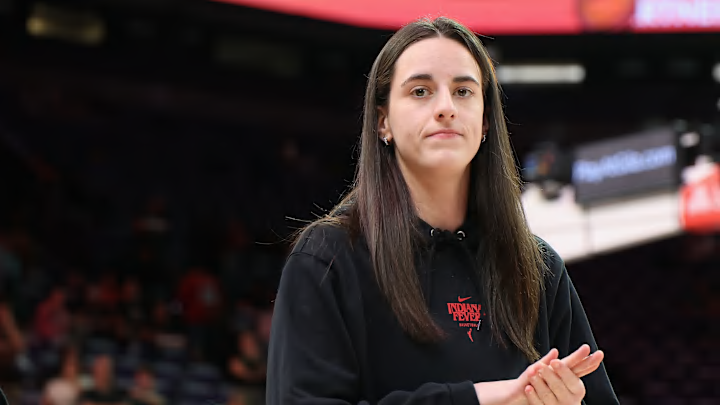The last couple of years have been big ones for the WNBA, without question. Caitlin Clark's arrival brought drastic increases in viewership, attendance, and overall interest in the league. The WNBA has always had loyal fanbase but this is another level. More and more people are paying attention to women's sports in general, particularly the WNBA.
But there's a flip side to this, and that's the players wanting to get paid. Being on the roster of a WNBA franchise is not a great way to make money. For many of the women playing in the league, what they take home after taxes as well as giving percentages to their agents and managers is abysmal.
That's why so many WNBA athletes head to other countries in the off-season to play ball there. As such, the current collective bargaining agreement (CBA) negotiation between the league and the WNBA Players Association (WNBPA) is incredibly important.
The players want their cut of the pie, while the WNBA wants to make sure they walk before they run. The problem is that the current optics seem to show the league is making money hand over fist, hurting their bargaining position.
Playing fact versus fiction with the WNBA
There's no question that last season was a huge success for the WNBA. The league has seen drastic increases in almost every possible monetary metric. More ticket sales means more merch sales. More viewers tuning into games means more profitable TV deals. It also means that franchises are worth significantly more money than ever.
None of that means the league is flush with cash. The WNBA is only partway through their second booming season since opening its doors in 1997. For the vast majority of that time, the league has struggled financially.
The WNBA has lost money every year it has operated and has only been maintained by financial subsidies from the NBA. Even in 2024, Caitlin Clark's breakout first season, theWNBA lost $540 million.
It was possibly the league's best year ever, and they still didn't make enough money to keep the lights on without the NBA's support. The problem is that full seats and new TV deals make everything look good from the outside, which is how the WNBPA is framing their argument.
The WNBA is negotiating from a position of weakness
All of that is a big problem for the WNBA in the CBA negotiations. The players see all the fans in the stands wearing their jerseys and quite understandably want to be paid fairly. Most of the players don't have huge shoe deals like Caitlin Clark or Angel Reese.
The league is their main source of income, and none of them are there for the fun of it. Like Nikola Jokic said, it's a job. Yes, the league has never made money. At the same time, there is a huge demand for new franchises because owning a sports team is a long-term investment.
The goal is to buy a franchise now as the league grows and then cash out after the value increases. Considering they are doing the work all of this is based on, the players want a piece of the action. It's hard to blame them.
With the optics created by the growth the league has seen in mind, it's going to be hard for the WNBA to legitimately counter the WNBPA requests. They will be able to mitigate them to an extent. In reality, both sides need to take the long view and plan through the growth of the next few seasons without harming said growth. It is, at best, a dicey situation.
